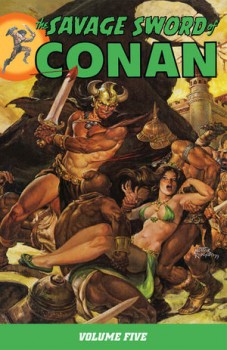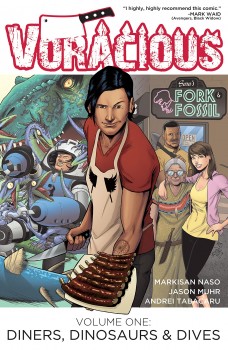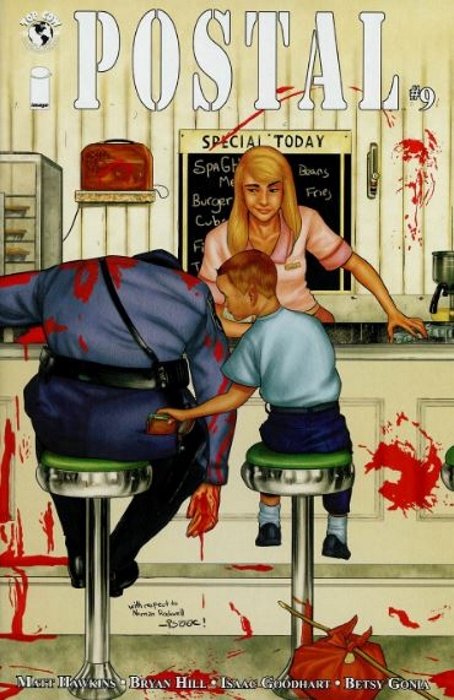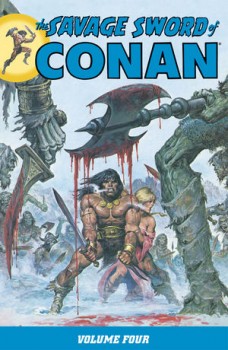Mage: The Hero Denied #0 and #1
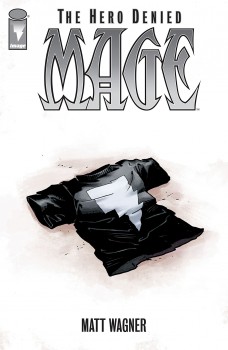 So, I’ve been meaning to get back into writing comic reviews, but there’s frankly been very little out there that got me excited. I’m more of an old school comic fan, preferring the comics that would actually take ten or fifteen minutes to read. Yeah, I’m a slow reader, but even I can push through most modern comics in two or three minutes without much trouble. All splash pages and dialogue-free scenes. It seems like most modern comic writers don’t know how to tell a serial story: each issue should be its own story, as well as a part of a greater narrative.
So, I’ve been meaning to get back into writing comic reviews, but there’s frankly been very little out there that got me excited. I’m more of an old school comic fan, preferring the comics that would actually take ten or fifteen minutes to read. Yeah, I’m a slow reader, but even I can push through most modern comics in two or three minutes without much trouble. All splash pages and dialogue-free scenes. It seems like most modern comic writers don’t know how to tell a serial story: each issue should be its own story, as well as a part of a greater narrative.
But I’ve long been a huge fan of Matt Wagner (check out my previous reviews for Mage: The Hero Discovered and Mage: The Hero Defined), so I knew I was going to be on board for the third and final part of his Mage trilogy: The Hero Denied. Issue #0 came out in July and, while it looked great, it was basically a half-issue meant to work as a teaser for the main book, so there wasn’t much to review. Also, I got suckered in by a nice issue #0 for the Red Sonja reboot that fed into a series that was disappointing. So I decided to wait until a proper issue #1 came out before deciding whether or not it was worth my time to commit to review the whole series.
Since you’re reading this, you can guess how I feel about issue #1.
But let’s start with issue #0. (spoilers to issues #0 and #1 beyond this point)
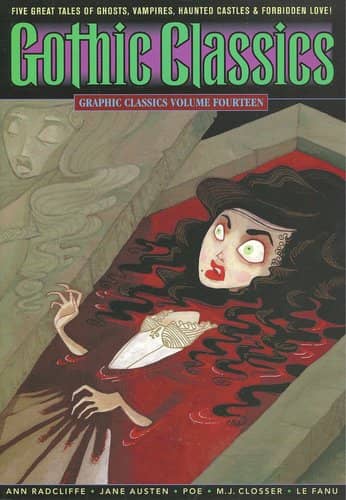
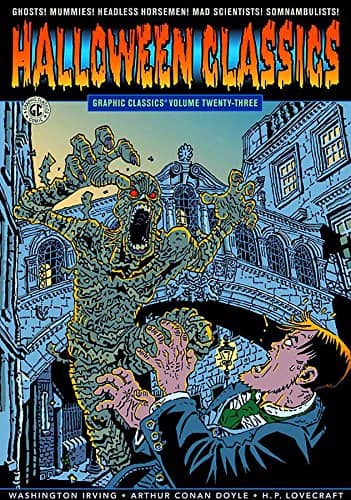
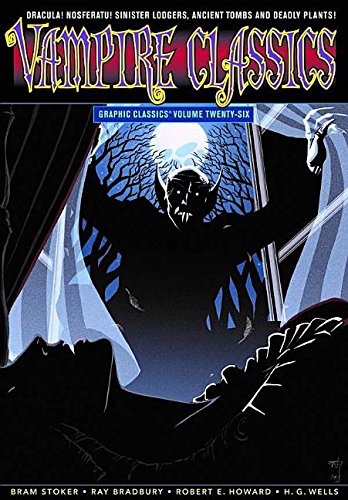
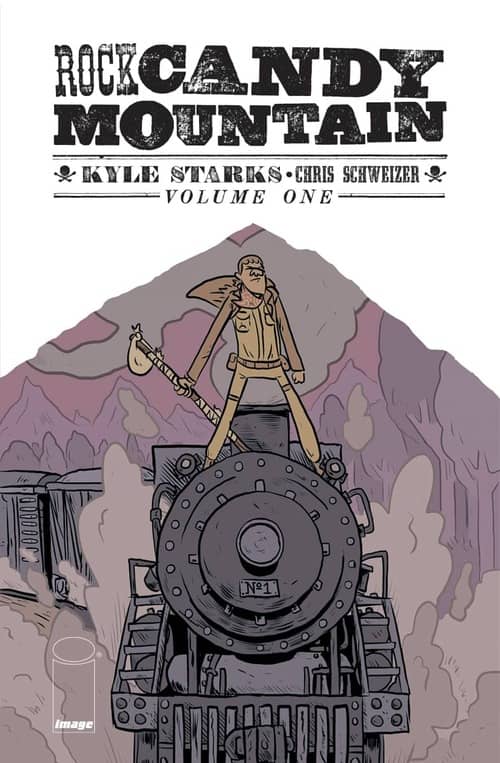
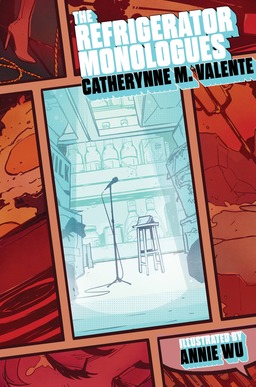
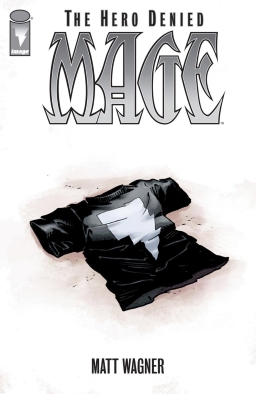 At the Emerald City Comicon in early March, Image Comics announced that starting in August they’d be publishing writer/artist Matt Wagner’s Mage: The Hero Denied, a 15-issue series with a half-length 0 issue and a double-sized conclusion. Hero Denied will be the final part of a trilogy Wagner began over thirty years ago, and I want to prepare for that last installment by looking back here at the first parts of the saga. The Mage books are two of the finest works of a great comics talent, urban fantasies mixing excellent action storytelling, a mastery of plot beats, and a sense of the mythic into gripping stories — and stories with a semi-autobiographical slant, no less.
At the Emerald City Comicon in early March, Image Comics announced that starting in August they’d be publishing writer/artist Matt Wagner’s Mage: The Hero Denied, a 15-issue series with a half-length 0 issue and a double-sized conclusion. Hero Denied will be the final part of a trilogy Wagner began over thirty years ago, and I want to prepare for that last installment by looking back here at the first parts of the saga. The Mage books are two of the finest works of a great comics talent, urban fantasies mixing excellent action storytelling, a mastery of plot beats, and a sense of the mythic into gripping stories — and stories with a semi-autobiographical slant, no less.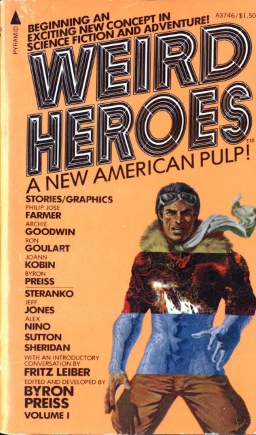 Weird Heroes was a series of eight books put out by Byron Preiss Visual Publications from 1975 through 1977, a copiously-illustrated mix of novels and short stories that aimed at creating a new kind of pulp fiction with new kinds of pulp heroes. The series had a specific set of ideals for its heroes, linked with an appreciative but not uncritical love of pulp fiction from the 1920s through 40s. Well-known creators from comics and science fiction contributed to the books, and one character would spawn a six-volume series of his own. And yet Preiss’ long-term plans for Weird Heroes were cut short with the eighth volume, and today it’s hard to find much discussion of the books online (though
Weird Heroes was a series of eight books put out by Byron Preiss Visual Publications from 1975 through 1977, a copiously-illustrated mix of novels and short stories that aimed at creating a new kind of pulp fiction with new kinds of pulp heroes. The series had a specific set of ideals for its heroes, linked with an appreciative but not uncritical love of pulp fiction from the 1920s through 40s. Well-known creators from comics and science fiction contributed to the books, and one character would spawn a six-volume series of his own. And yet Preiss’ long-term plans for Weird Heroes were cut short with the eighth volume, and today it’s hard to find much discussion of the books online (though 